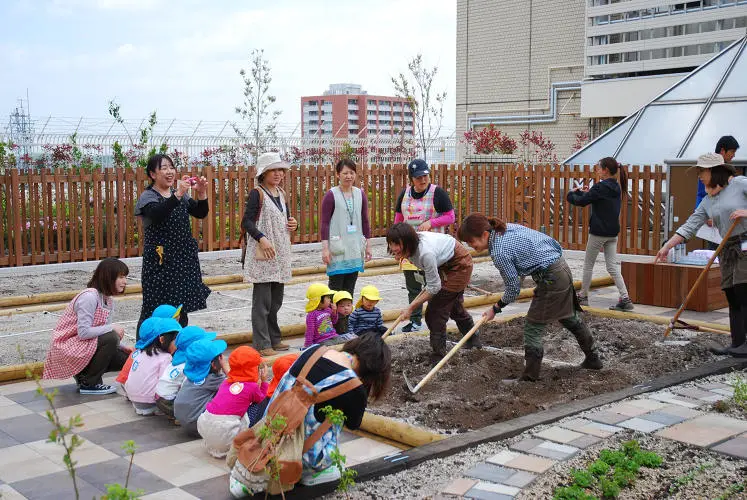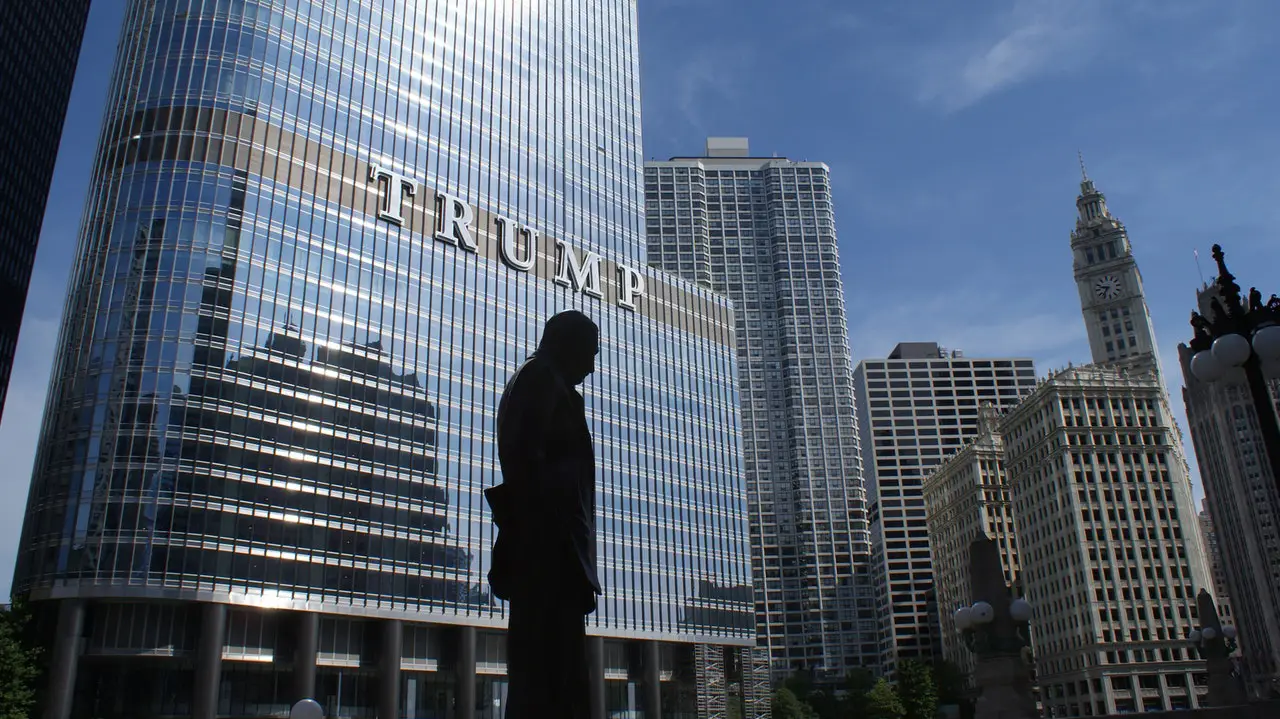Rio to Mumbai: Economic Sustainability in the Megacities of the South
The last time I went from my adopted home of Rio to Mumbai, I was trying to better understand the challenges faced by both cities, other BRICs countries, and to find out where the parallels and differences lie. While the city of Mumbai is generally well-organized, I decided to explore another side, booking a tour of one of the world’s most famous slums – Dharavi.
The winding streets of Dharavi immediately reminded me of the favelas in Rio. People bustle everywhere, a jumble of loosely-tied power lines accompany you through maze-like corridors that often run barely more than a meter wide between tall houses, themselves one built over the other. In many places, hardly any light reaches street level, with the air as clammy as in Rio’s winter months. Unlike Brazil, there’s no loud music booming from apartments and rooftops; nobody competing for the highest volume samba. Exploring India’s cities is perhaps not so much an intense experience for the ears, but for the eyes and nose. As you walk through Dharavi, you move through clouds of spices, bleach and fumes, finally reaching stinking sewers on the edge of the district. The spot where hundreds of people relieve themselves in the morning is also where children play cricket at lunchtime. Small fires smolder on the waste site. Dogs and goats run between the children and clouds of smoke. The most noticeable impact on human life in the cities of India, compared to the urban war of Rio, São Paulo or Recife, is poor hygiene.
Winding through a few more alleyways, where most strangers would probably get lost, you suddenly reach a small square on which rests an altar of flowers and colorful figures. A man sits painting the Hindu god Ganesha in bright colors next to an entrance door, chains of flowers hang on the next one. Women in colorful saris stand out against a gray-brown tangle of the multitudes of men.

Alongside Dharavi’s residential areas, largely divided between those who are Hindu, Muslim or Sikh, there is also an informal industrial area. This is one of the most visible differences to the favelas found in Brazil.
The lower and busier areas of the many hills of Rio’s favelas are characterized by hairdressing salons, restaurants and bars, small shops and car mechanics. All services are offered for local consumption, with goods largely imported: the phrases Made in China, Made in Bangladesh, Made in India being familiar sights.
In Dharavi, on the other hand, the industrial district is home to a number of of workshops in two to three-story buildings, most of which are part of an enormous city-wide recycling industry. Around 30 percent of the city’s total waste passes through these sites, sorted and processed alongside materials from other parts of the world; imported aluminum is melted into blocks before being sold on the world market.
Further back, in the middle of an alley made of clay and concrete, you can peek through doors and windows at the mostly male machinists sewing jeans for well-known manufacturers. A few streets further away you’ll find an area known for leather processing.
In total, around 10,000 companies are located within Dharavi’s industrial streets. Hardly any of them work outside of the informal economy, which, like the unbridled influx of internal migrants, brings its own problems, such as a lack of social security. But what does the alternative look like in the long term in cities with a huge pool of unqualified workers? What development opportunities are there here? And how many hairdressers does a city actually need? Can it be right that, in Brazil, the integration of favelas into international markets has largely been limited to drug trafficking?
Ultimately, Rio and Mumbai continue to be mirror images of the national agenda and economic policies of their countries. The demands of the world’s major cities are playing a part in shaping the economic conditions of these cities, and the emergence of ecologically and socially questionable industries can hardly be considered ideal. Local decision-makers can contribute to making their cities more competitive by investing in infrastructure or incentives to attract future industries, developing the conditions for economic development and strengthening their cities’ economic sustainability over the long term.
Kathrin Zeller coordinates economic policy and sustainability projects for the Konrad Adenauer Foundation in Brazil. She studies sustainability management at the Leuphana University in Lüneburg.



